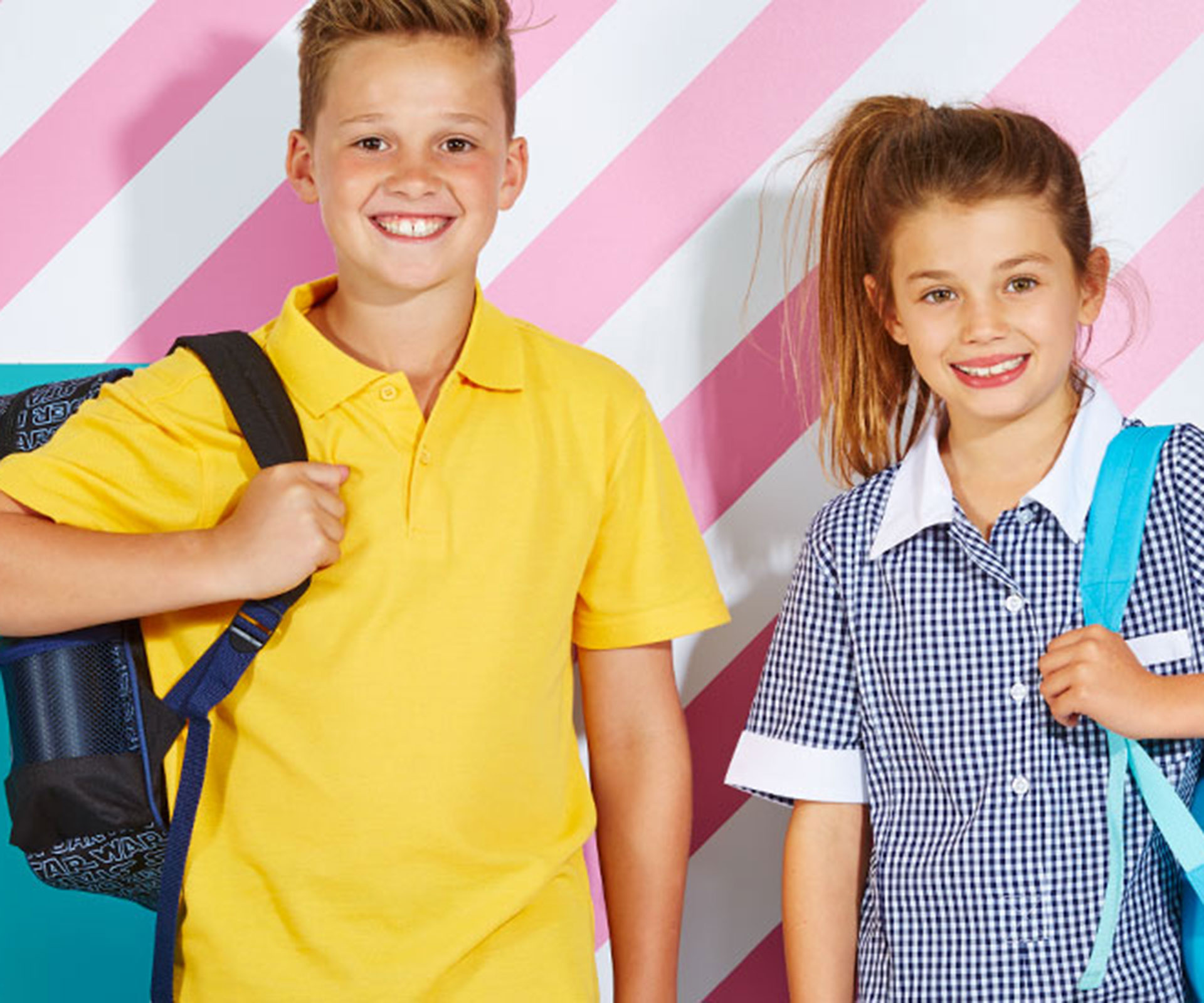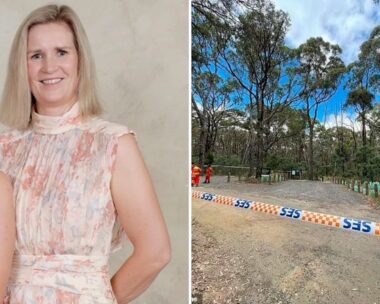WITH parents preparing for their kids’ return to school next week, there are tempting racks of generic polo shirts for sale for just $2 each at two of our major national retailers.
Two dollars. For real. That won’t even get you a takeaway coffee or a sandwich. It’s absurdly cheap. So what do you do?
Scoop up as many as you can in various sizes? Chuck a few into the trolley for spares? Look at the label for clues of origin? Or do you walk past, feeling vaguely uneasy about how on earth items of clothing can be offered at this standard price in 2016?
The retailers in question, Kmart and Target, source the polo shirts respectively from China and Bangladesh, which has the lowest-cost cotton garment industry in the world. Kmart also sells $5 button-up shirts made in Bangladesh, according to Fairfax.
As The Weekly discovered in an investigation into where our clothes really come from, the workers who make these clothes in Bangladesh are often very poor and live in conditions you probably wouldn’t be happy with.
Yet they depend on demand from shoppers in Australia, the US and Europe to keep both their family and economy afloat. So the solution is not to boycott them.
It’s also worth noting that paying more for designer jeans or clothing that are made in Bangladesh doesn’t mean the workers earn more or are treated any better than those making $2 shirts.
Kmart and Target did the right thing by signing up to the Accord on Fire and Building Safety in Bangladesh, which was designed to improve safety and conditions for garment workers in the wake of the catastrophic Rana Plaza collapse in which almost 1200 workers died in 2013.
This month, Kmart told Fairfax it has a volume agreement that allows it to offer prices as low as “ethically possible”, while Target was proud of its “ethical sourcing”.
Yet questions remain about whether we should be able to buy kids’ shirts for $2 in 2016 – or whether we’d prefer to pay more in the knowledge those who made them have a better life.
Clair Weaver and Nick Cubbin went undercover in Dhaka factories in The Weekly’s November 2013 issue to uncover the truth about working conditions. Here is what they found:
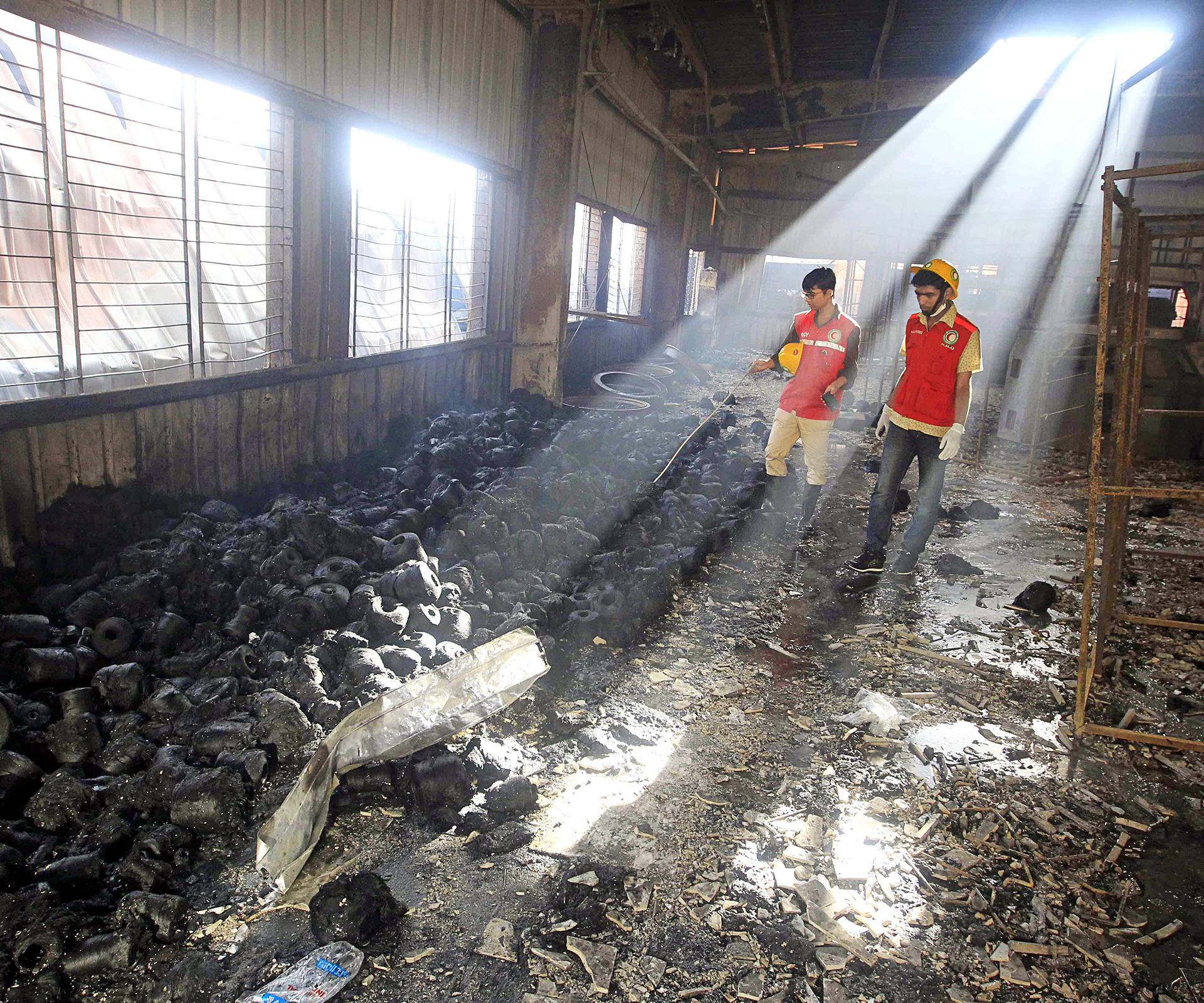
Rescue workers examine what remains of a factory after a fire. PHOTO: Nick Cubbin.
Under the flat white lighting of a Target store, Sarah is hurriedly buying t-shirts for her teenage son before picking him up from football training. The 45-year-old sweeps two from the budget Essentials range into her basket before heading to the checkout.
Downstairs, 13-year-old Jessica and her friends are laden with shopping bags. Among their bargains are a long-sleeved top from Forever New, two singlets from Jay Jays and a polo shirt from Cotton On Kids. There’s also a top by Mango, inspired by supermodel brand ambassador Miranda Kerr. They head off in search of frozen yoghurt, giggling.
Across town, fashion-conscious IT consultant Ben, 28, disappears into a change room with a bundle of more expensive clothes by G-Star and Ralph Lauren.
On the surface of it, the clothes being bought this morning have little in common: they’re different styles, different brands, from different stores. The price tags range from $5 to $130. However, they all share one important feature: they’re all made in Bangladesh. And while none of the shoppers are thinking about it right now, the Rana Plaza collapse that killed 1133 garment workers six months ago – and a deadly fire two weeks ago at a factory that supplied fabric for brands including Target – have sparked unsettling concerns about where our clothes really come from.
More than 5500 kilometres away from the comfortable Australian shopping precincts, 28-year-old Dolly is sitting barefoot on the floor of a dimly lit union office in the Bangladeshi capital, Dhaka.
The mother-of two exclaims when she spots the labels on the clothes we’ve brought over. “I did this one,” she says, pointing at the blue Target T-shirt.
“I joined the neck here.” She also identifies Kmart children’s clothing she has worked on.
As a sewing machine operator, she joins the same sections of fabric on more than 1000 garments per day.
In some ways, the factory where she works on the outskirts of Dhaka, is one of the better ones unlike 40 per cent of the estimated 5600 garment factories in this country found to have “significant
cracks or distress” in an engineering survey, it’s not at risk of collapse.
Yet behind closed doors, it’s a different story.
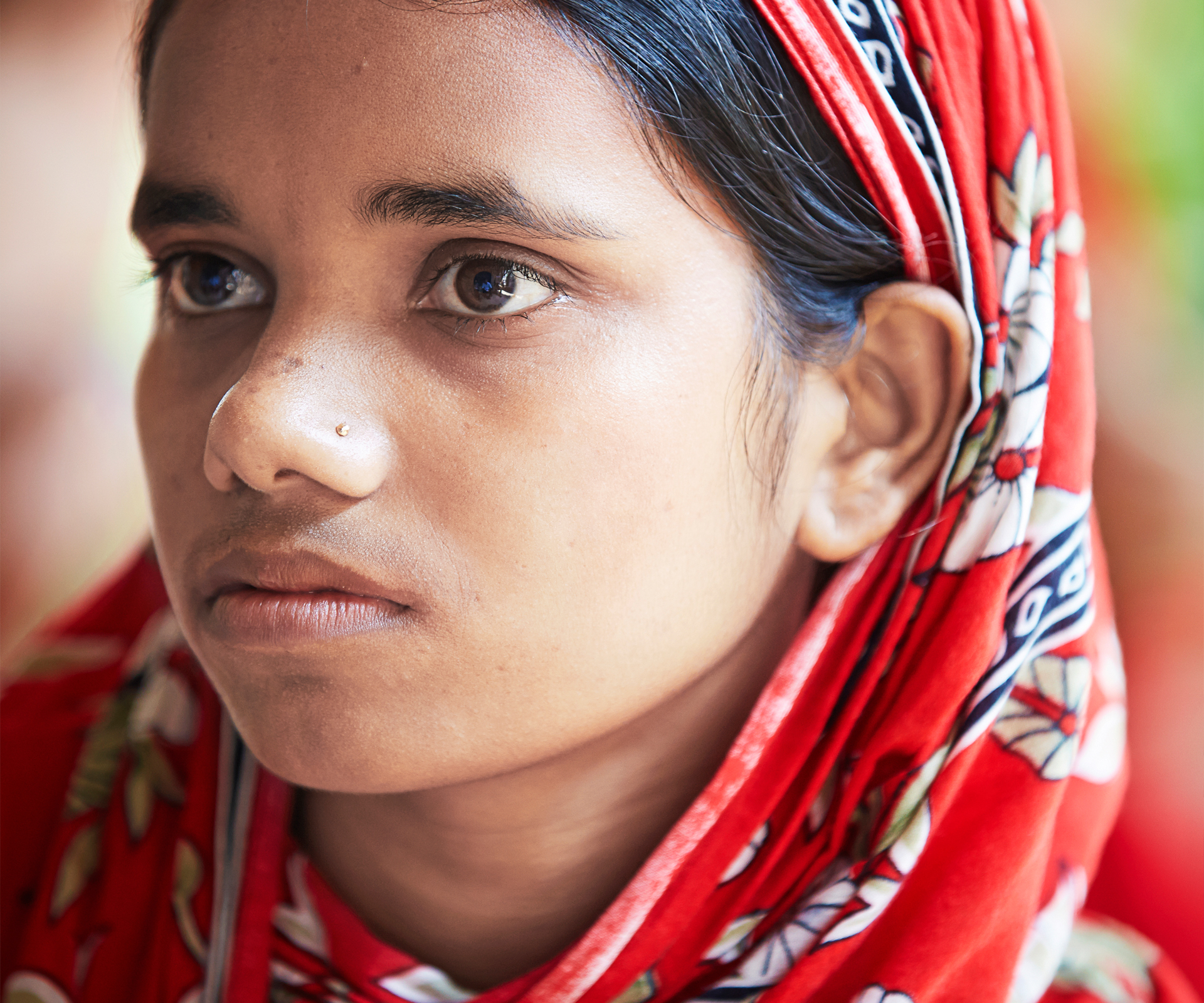
Seventeen year old factory worker Mahinoor.
“The managers hit us,” she says. “They call us names like piglet [a demeaning slur in this Muslim country] and say things about our mothers that I can’t repeat.
Recently, we haven’t been allowed to go to the washrooms and our ID swipe cards have been snatched off our necks so we do overtime, but don’t get paid for it.”
Her colleague, Saleha, 32, tells of mounting pressure to meet targets of up to 160 garments an hour. “It’s really hard to keep up,” she says. “There’s no time to get air; it’s so fast that we don’t have time to drink water.”
Fuelled by the West’s seemingly insatiable appetite for fast fashion – retailers continually order new line of clothing to be turned around as rapidly as possible – demand for clothing from Bangladesh is at fever pitch.
Workers tell of being locked in and forced to work into the night until large orders are finished.
This threat is all too familiar to the waif-like Mahinoor Akhter, 17, who had worked as a seamstress in a factory on the third floor of Rana Plaza since she was 14. She was told by her line manager that she wouldn’t be allowed home until she fulfilled her quotas on the very day that the building collapsed around her.
“We started working really hard and fast, but after about half an hour, I heard an enormous noise and I was thrown across the building. My sewing machine fell on my foot and cut off my toe. The blood was draining from my body. I fell unconscious. Two male colleagues carried me out.”
Six months on, Mahinoor is still suffering from head, neck and back injuries, as well as emotional trauma, nightmares and flashbacks. She received $214 in compensation from a non-government organisation.
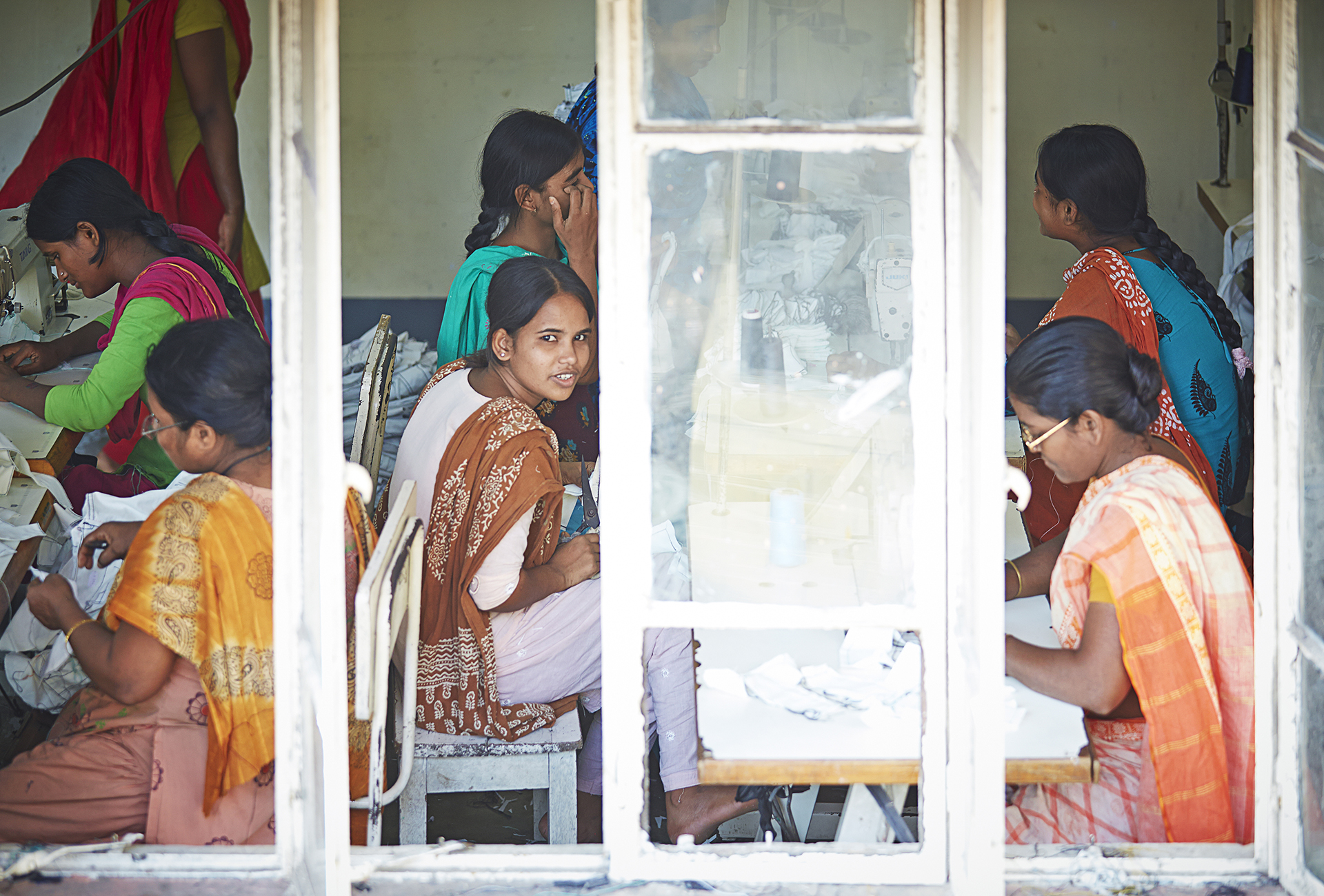
Conditions are reportedly cramped inside some factories and workers can be expected to produce more than 1000 garments a day.
Wedged between India and Myanmar (formerly Burma), Bangladesh is one of the poorest countries on the planet. Almost half of the population is illiterate and lives on less than $1.10 a day.
Traditionally a farming country, the land is fertile, but often ravaged by cyclones, floods and landslides. Mass migration into Dhaka in search of employment has resulted in it becoming the most densely populated city in the world.
Today, the $21.5 billion garment industry has become the nation’s lifeblood, accounting for 80 per cent of exports.
It has also given women – who account for more than three-quarters of the workforce – a measure of economic independence for the fi rst time.
Indeed, a recent industry report called Bangladesh “the new China” as a readymade garment supplier. With a minimum wage of about $39 a month – 75 per cent cheaper than China – and a large production capacity, it’s a ripe opportunity for Western clothing retailers.
Factories are everywhere but surrounded by heavy security; typically 10-foot walls, barbed wire, a solid metal gate and a team of uniformed guards armed with rifles.
The only way for The Weekly to get inside was to go undercover as prospective fashion buyers.
International retailers and buying agents, we discover, get red carpet treatment. At one factory, we’re escorted to an air-conditioned display room, where racks of sample shirts and knitwear hang alongside a polished boardroom table and chairs. The smooth-talking manager assures us the factory is 100 per cent compliant with employment, health and safety laws.
“We supply some very big names from around the world,” he tells us, as we notice a Target women’s shirt on a rack (he says the factory isn’t currently supplying any Australian retailers). His company exported about $25 million worth of garments last year. From a buyer’s perspective, it would be easy to accept his platitudes along with chilled bottles of mineral water, but we want to see more.
We’re given a brief tour, with emphasis on modern knitting machines that are churning out parts for patterned jumpers.
“They are imported from Germany – very expensive,” a floor manager tells us. “They can do complicated patterns and are very fast.” Glances into other rooms show typical scenes of workers on a production line: cutting, sewing, joining, tagging, checking, ironing and packaging. After being farewelled, however, we notice a dilapidated tin-roofed warehouse with broken windows and some activity inside a short distance away. A worker confirms it’s another of the company’s buildings.
From the moment we enter, it’s clear this is the part of the operation we weren’t supposed to see. The air is thick with body odour and humidity; it’s dark, dirty and absolutely sweltering. Around
200 workers are laboriously making jumpers by sliding a handle backwards and forwards across flat bed knitting machines (circa 1863) or painstakingly joining parts using spoked steel dials. In the background, there’s a relentless clatter of reels of cotton being woven into fabric. It’s a Dickensian scene.
A supervisor refuses to allow us to take photographs, so Nick quietly switches his camera to video instead.
One of the biggest challenges for retailers that source from Bangladesh is maintaining control of their supply chain.
Factories often accept multiple orders from several international retailers at a time, rather than admit they’ve surpassed capacity. As well as overburdening their own workers, this leads to outsourcing to sub-contractor factories, where pay and conditions are often worse. Subcontractors, in turn, farm out work to unregulated local operators. As a result, big brands don’t always know where – or by whom – their clothing is made.
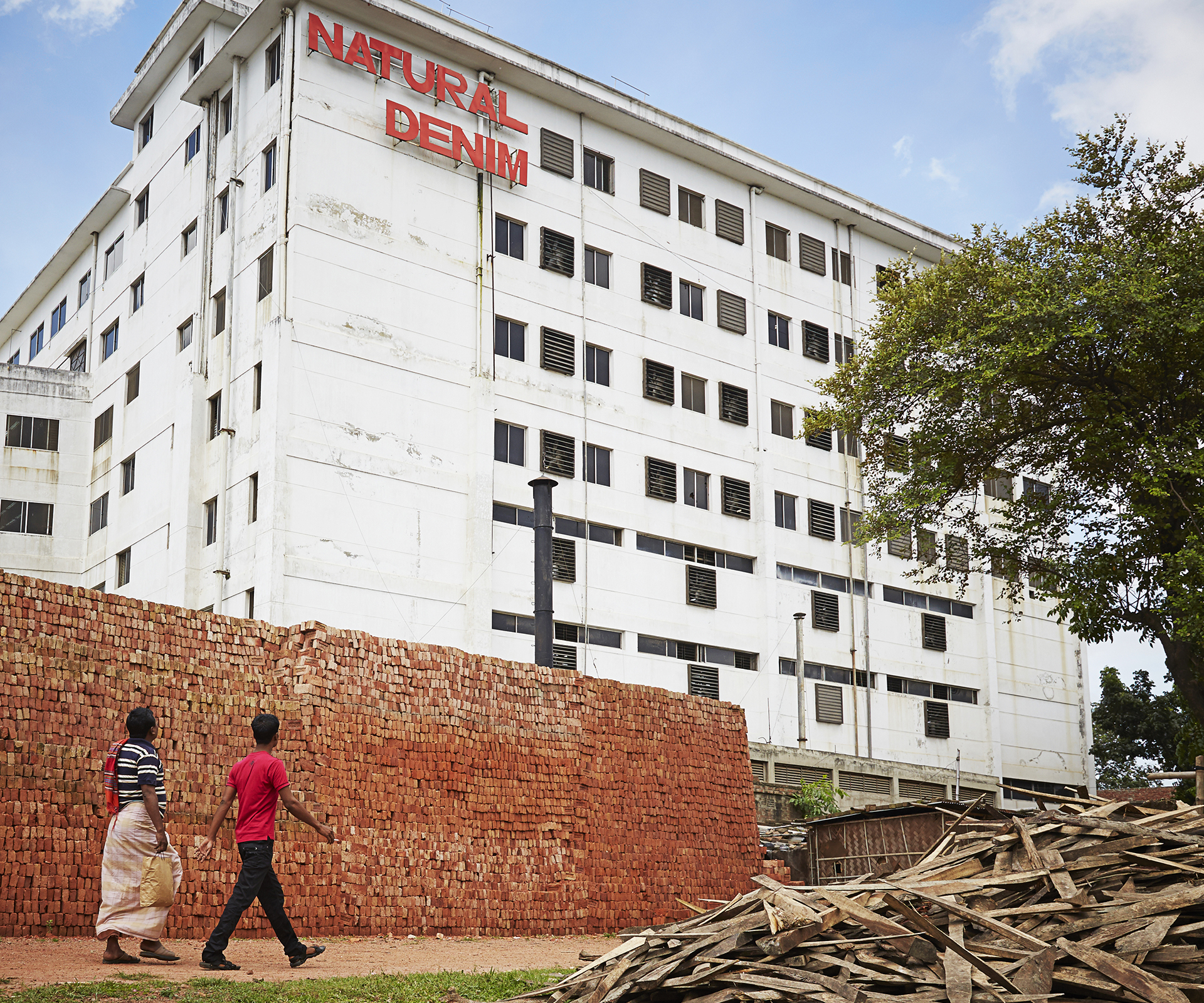
This is a factory that specialises in producing denim garments.
At a reputable supplier that has an in-house French designer and managers for each of the world regions it serves, including Australia, the managing director admits overflow work is carried out across 27 factories in the area. On the day we visit, armed police are stationed out the front of the company’s main factory on a dusty, pot-holed street in the rough side of town, as grim-faced workers on strike gather nearby. Inside, the in-house “childcare” comprises a mattress on the floor of a small room. At the company’s rather more luxurious headquarters, we see Jay Jays, Zara and Pierre Cardin labels among clothing on the racks.
On another day, we travel into the countryside, passing banana and mango trees, lush paddy fields and men playing cricket. We come to a warehouse. Inside is the surreal sight of lines of workers sitting in front of sewing machines waiting for an order to arrive. It’s dark and hot inside, but an electricity generator is quickly turned on for our benefit. As fans begin to spin and fluorescent lighting flickers to life, it’s clear that some of these workers are very young. When we ask one girl how old she is, she opens her mouth to answer, but then, her eyes darting towards a manager, she thinks better of it and clams up. Our translator later tells us that she was between 10 and 12.
Children duck out of the way when Nick pulls out his camera. It’s obvious they are unsettled by our presence. Child labour is against the law, but their poverty-stricken families need the money. Many would not be in school even if they weren’t working – the difference is they might be hungrier.
This is a problem throughout the industry, albeit a hidden one. At a factory that is making sportswear for an Australian brand, the director assures us he only employs workers over the age of 18. Yet when we reach the top floor, where there’s a strong odour of chemical fumes, a wideeyed young girl looks over at us from her place on the production line.
She looks about 12. Her job is to blow-dry rows of children’s shirts bearing cartoon prints, which are painted on in layers of colour by workers using wooden screens and stencils. These T-shirts will soon be worn by children not much younger than she is.
Reading our faces, the director quickly backtracks. “Actually, the government says that we can employ workers who are 14, 15 or 16 in this section if it’s part-time,” he says, with a wave of his hand. “As long as they are not on the machines, it’s okay.
Fires are a major hazard in garment factories. Health and safety standards are far below Australian requirements. Loose wires often hang from walls, floors are wet or covered in scraps, workers are exposed to harmful chemicals, emergency exits are narrow – and a barrel of water with a couple of buckets is a more common sight than fire extinguishers.
Two weeks ago, at least 10 workers died and 50 were injured when a blaze engulfed their factory, which supplied material used to make clothing for Target, GAP and more.
It’s not an uncommon occurrence: 117 workers perished in the country’s deadliest factory fire a year ago. Still living in the shadow of the blackened Tazreen building, survivors describe how sliding steel railings were pulled across and locked to prevent workers evacuating when smoke alarms went off, and the volume of motivational music was turned up.
“We were choking on black smoke,” recalls Sumi Abedin, a 20-year-old sewing machinist who worked on the third floor. “People were crying and trying to punch out exhaust fans. I jumped out and fell unconscious.” Charred remains of bodies were found pressed against the barred windows that prevented theirescape. Scuffed clothing tags still blow around in the roofless outbuildings where workers used to live.
We’re told the owner plans to reopen the factory within the next year.
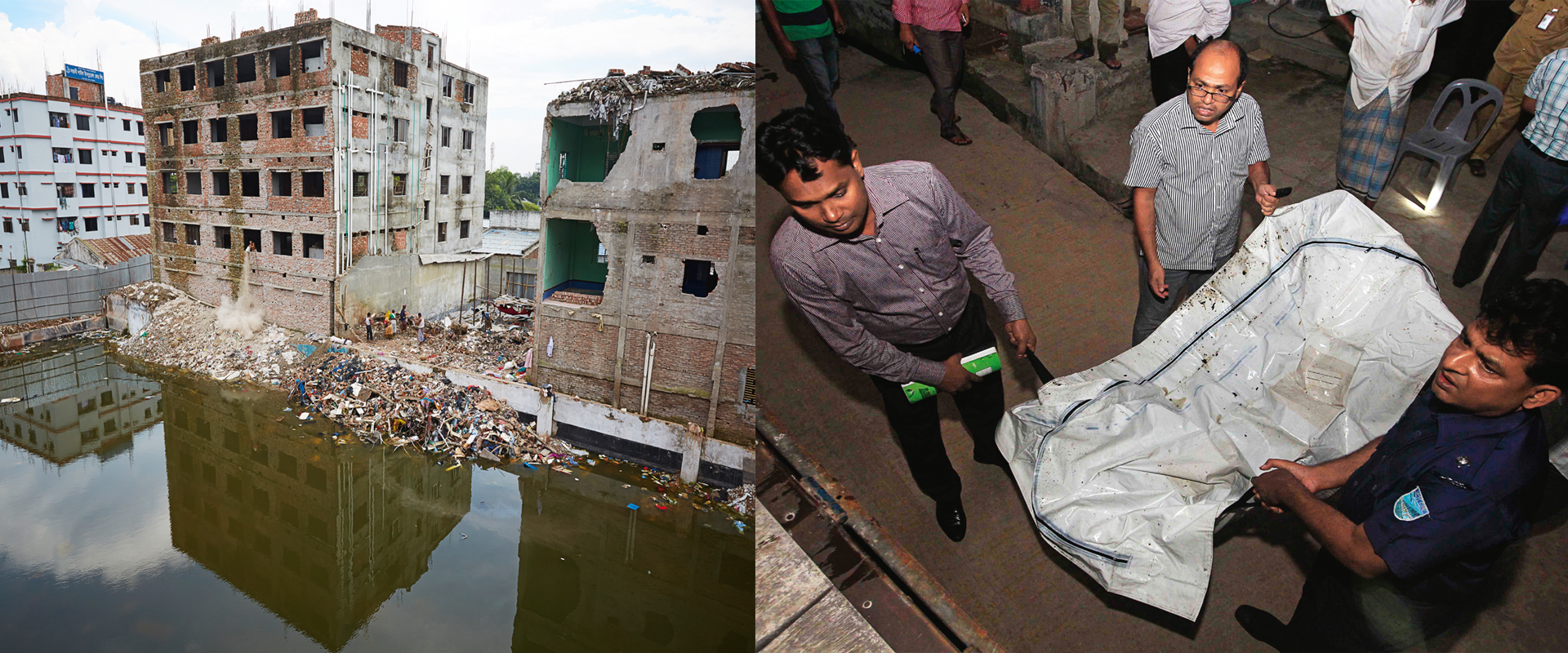
The remains of the Rana Plaza. A victim of factory fire is removed by authorities.
In her hot , rundown office located off a dirt alleyway, labour rights leader Kalpona Akter shakes her head in disbelief as she examines a boy’s T-shirt that cost $1 from Kmart in Sydney. She cannot fathom how the Australian chain store (“We make low prices irresistible”) could sell this item so cheaply. Even in a street market in Dhaka, where surplus stock sometimes ends up, she estimates it would sell for about $2.50. Yet, she adds, “it doesn’t matter whether you pay $1 for a shirt or $300 – the worker gets the same price”.
Kmart is one of the companies that has signed the Accord on Fire and Building Safety in Bangladesh, an important binding agreement that allows workers to refuse to work in dangerous buildings, compels brands to fund repairs and makes independent inspections mandatory. Target, Cotton On, Forever New, Speciality Fashion Group (including Katies and Millers), Mango, Zara and G-Star have also signed. Those that have not include Rivers, Best & Less and The Just Group (Just Jeans, Jay Jays and more).
Kalpona, a former child worker who has risen to become executive director of the Bangladesh Center for Worker Solidarity (BCWS), is a powerful voice for millions of workers. “Retailers in
Australia and elsewhere should pay more so people can buy clothes with a clear conscience,” she says. “In Bangladesh, people want jobs in garment factories. But it should be a dignified job with good conditions and a living wage.”
There’s a sinister side to the battle for garment workers’ rights. In 2010, Kalpona and her male colleagues, Aminul Islam and Babul Akhter, were arrested for inciting worker unrest and violence: charges they strenuously deny. Babul was blindfolded and beaten with a wooden stick in his holding cell. Last year, Aminul was tortured and killed. A post-mortem found he died from excessive bleeding, suffocation and internal haemorrhaging.
On a Rana Plaza memorial board, we’re confronted by sickening images of young people tangled together, their dead faces frozen in terror and filled with dust, and weeping families clutching photos of missing relatives, as emergency workers attempted to save those trapped inside the wreckage in a haphazard rescue operation.
Today, the site has been flattened and closed off, but there are chilling reminders: enormous rolls of mouldy fabric, twisted metal, unfinished shirts, a zip and parts of machinery. Monsoon rains have flooded the foundations into a dirty green pool. A water snake wiggles into the decaying wreckage of a car that had been parked in the basement. An emaciated kitten pads through rubble, searching for food scraps.
Amidst this are likely to be the unidentified remains of at least 80 workers. The tragedy has galvanised the nation’s four million garment workers. “If they see a crack in the wall, they will walk out because they know they need to save their lives,” reports Kalpona. “Before now, if workers tried to join unions they could be fired, but in the last few months, more than 40 unions have been formed. A window has been opened.”
Still, the issues around Bangladesh’s garment industry are numerous, multilayered and complex. There are no easy solutions. Boycotting the Made In Bangladesh tag is not the answer. It would only cause further harm to people who rely on clothing manufacture as a way to survive. Yet how our major brands continue to expand into this market will be influenced by us, the consumers.
“A lot of Australians have been really shocked by what’s happened in Bangladesh and are going on companies’ Facebook pages to say this is not good enough,” says Daisy Gardener, labour rights coordinator at Oxfam.
“And companies really care about what consumers think of their products.”
There has been some progress. Kmart, for example, became the first Australian company to agree to publish addresses of its supplier factories, which will allow independent checks on workers.
In a statement to The Weekly, Target says it is committed to ensuring “proper working conditions, fair pay and labour standards” and conducts regular, unannounced factory audits and inspections. Other major retailers echo similar sentiments. In Bangladesh, however, workers tell us they are forbidden from talking to overseas retailers or buyers.
Music may be used as a signal to underage workers to hide until an inspection is over.
A recent national survey found 70 per cent of us would pay more for clothes if we knew overseas workers were paid a decent wage and had safe conditions. After all, if you’ll pay more to buy free-range eggs, isn’t it worth the same amount for the ethical treatment of another human being? The challenge, will be in the logistics of ensuring the money gets to the workers and maintaining momentum for reforms.
“It’s a worry that once the headlines go away, nothing will change,” says Kalpona.
At the heart of it, the women in Bangladesh’s garment factories aren’t so different from us. They’re juggling work, family and rising living costs. They want their kids to get a good education and better opportunities in life. They aren’t begging for handouts.
And they don’t resent us, the faraway customers who buy clothes they have made. Nor are they greedy – their current hourly rate works out to about 20c and they’re aiming for 50c a hour.
“I am very proud of the quality of the clothes we were making,” says 17-year-old Rana Plaza survivor Mahinoor, softly, her delicate hands trembling as she gazes down at her missing toe.
“Sometimes I wish I could wear them, too.”
Yet the reality is she can’t afford to – and probably never will.
A version of this story was first published in the November 2013 issue of The Australian Women’s Weekly. We acknowledge that some practices of brands mentioned may have altered since the time of original publication.
